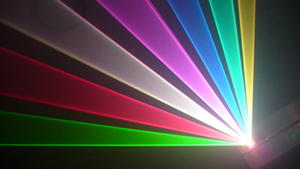

Originally Posted by
norty303

Ok thats great.
One other thing that has occured to me, how do you work out an overall MPE for solid state lasers where they have very different beam specs? In trying to establish a worst case scenario, (projecting orange using the previously mentioned 532 and 650 lasers) would you simply work out your safe limit for 650 being 5 times MPE and 532nm being 5 times MPE and add them together? (obviously I'm talking about 'new' type of limits in UK - transpose 0.5x MPE as you wish)
The charts are in here:
http://www.army.mil/usapa/med/DR_pub...f/tbmed524.pdf
Where color really matters is outdoors in aerospace paperwork.
steve
Qui habet Christos, habet Vitam!
I should have rented the space under my name for advertising.
When I still could have...



 Reply With Quote
Reply With Quote buffo
buffo



